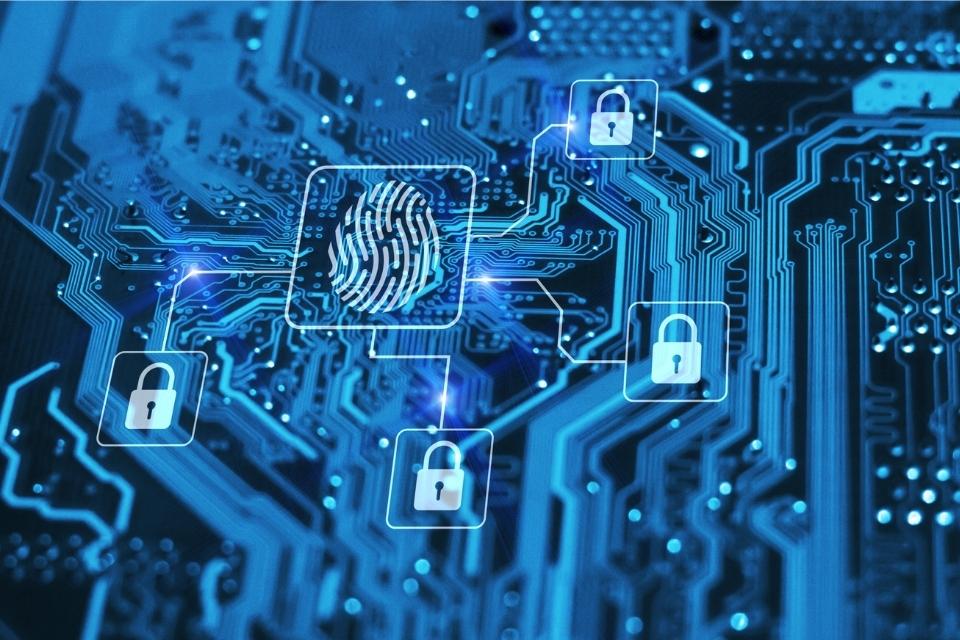
Automate and manage your enterprise risks, controls, identities and cyber threats.
SAP® GRC is software offered by SAP® to automate GRC processes, manage enterprise risks in real time and integrate risk management into strategy, planning and operational execution.


